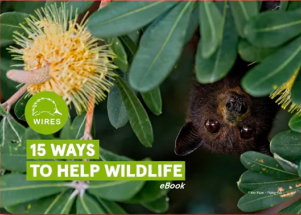Beak and
Feather Disease
- Home
- What We Do
- Wildlife Information
- Disease Information
- Beak and Feather Disease
Beak and Feather Disease (BFD)
Psittacine Circoviral Disease (PCD)
Affected Species
Beak and Feather Disease Virus (BFDV) primarily affects parrots, cockatoos, and lorikeets. However, strains of the virus have also been identified in other bird species, such as the Black-faced Cuckoo-shrike and raptors. Juvenile and young adult birds are most vulnerable, while older adults may develop immunity but can still act as carriers.
Cause of the Disease
BFDV is a naturally occurring virus in the wild, capable of surviving for many years in tree hollows and other nesting areas. It multiplies in the liver and is highly contagious, spreading through oral contact, faeces, or feathers. The virus targets the feather and beak cells, leading to abnormalities. It also weakens the immune system, often causing birds to die either from the disease itself or from secondary infections.
Symptoms and Diagnosis
Clinical signs of BFDV vary depending on the bird’s age and species, as well as the progression of the disease. Acute infections may present with symptoms such as diarrhea, weight loss, anorexia, depression, and death. Chronic infections often result in feather abnormalities, loss of powder down, beak deformities, and a weakened immune system.
15 Ways to Help Wildlife
Sign up to receive our monthly eNewsletter with wildlife rescue stories and updates on our work rescuing, rehabilitating, and releasing native wildlife.
